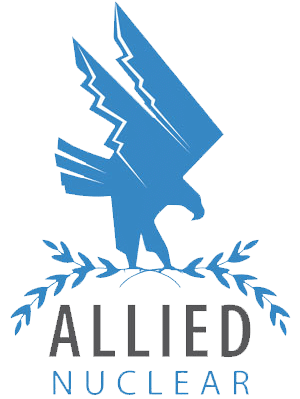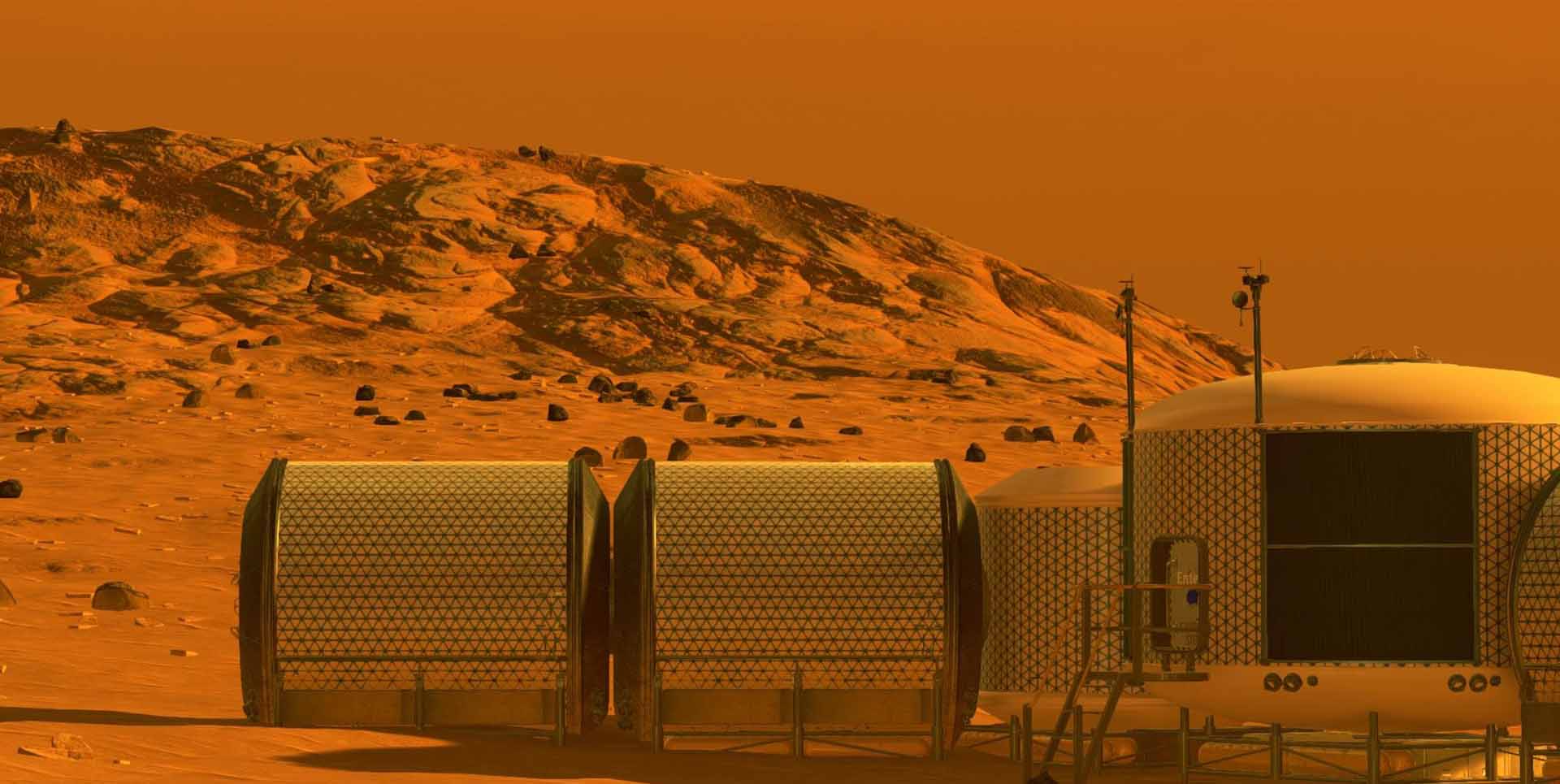The rocket carrying NASA’s Perseverance Mars rover successfully launched July 30 from Cape Canaveral in Florida. The rover, which will be powered by a Multi-Mission Radioisotope Thermoelectric Generator (MMRTG), will land on Mars and begin its exploration of the fourth planet in February 2021.
The MMRTG reactor was developed at the U.S. Department of Energy’s (DOE) Idaho National Laboratory (INL), which serves as America’s nuclear energy laboratory and is home to the new National Reactor Innovation Center (NRIC) to accelerate the development and deployment of advanced reactors through industry-led private-public partnerships.
The MMRTG is a radioisotope nuclear power system, which converts heat from the decay of plutonium-238 (Pu-238) into electrical power and has an operational lifespan of 14 years. In collaboration with private industry, DOE laboratories have built nearly 50 RTGs that have powered more than two dozen U.S. space missions, including the Curiosity rover that has been exploring Mars since 2012.
As another successful example of government-industry collaboration is the Atlas V 541 rocket carrying the MMRTG that was designed by United Launch Alliance (ULA), a joint venture between aerospace competitors Boeing and Lockheed Martin. ULA is the only spacecraft launch service provider certified by the National Aeronautics and Space Administration (NASA) to carry Radioisotope Thermoelectric Generators in its rockets.
Perseverance’s launch followed on the July 24 issuing of a request for information by Battelle Energy Alliance, LLC, the managing and operating contractor for INLA, on a fission surface power (FSP) system that can be operated on the Moon.
Sponsored by NASA in collaboration with DOE and INL, the scientific government agencies and national lab want industry to submit proposals for a new design of a nuclear power plant that could allow humans to more easily live on the moon. The agencies want to have the fission reactor, safe launch, and landing system ready by 2026.
“As space exploration operations go further and for longer periods of time, it is crucial that NASA provide energy sources that are more durable, resilient, and reliable than ever before,” the request said. “Small nuclear reactors can provide the power capability necessary for space exploration missions of interest to the Federal government. NASA, through the Nuclear Fission Power Project, has identified the need for a FSP system to provide reliable, durable energy for an installation on the Moon.”
Outer space exploration has long been a frontier of cooperation and collaboration between private industry and government; and between countries. The launch of Perseverance is just the latest success of private-public collaboration. Afterall, the U.S. commercial launch industry – including Elon Musk’s SpaceX firm – traces its roots back to NASA’s development program, titled Commercial Orbital Transportation Services (COTS).
The U.S. advanced nuclear industry has long wanted to repeat COTS’ success for nuclear energy. In 2019, the Nuclear Innovation Alliance published a report advocating that the DOE establish a similar private-public partnership program to enable federal procurement to boost commercialization of advanced reactors.
Perhaps, with the growing federal support of NRIC at INL and the request for reactors destined for the moon, that nuclear energy will finally find its SpaceX success. Allied Nuclear supports such endeavors and cost-sharing support from government and the private sector but whatever role the federal government plays in fostering and facilitating advanced nuclear deployment, the partnerships must be industry-led.
Allied Nuclear’s buyside advisory role on crafting procurement and financing plans for countries desiring nuclear energy could someday extend to outer space. Our unique flexible financing approach – which accommodates cost-sharing private-public partnerships – and consortium supplier model are a perfect fit for future nuclear-powered space exploration projects, both crewed and uncrewed.
Perhaps it’s time for U.S. and allied nuclear suppliers to come together, collaborate and look to the stars?






